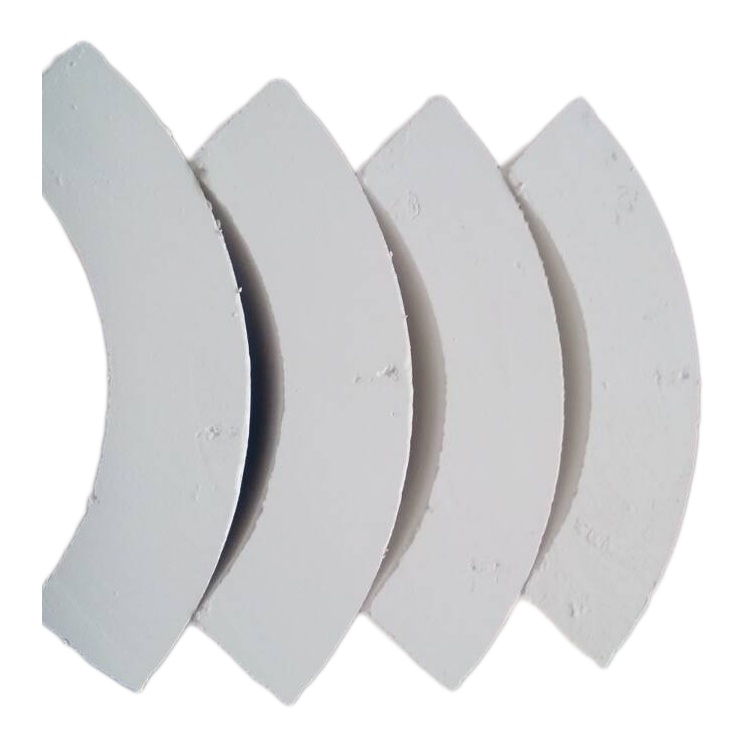Moisture absorption has a significant impact on calcium silicate density. As moisture is absorbed, the density of the insulation decreases. There are a few reasons for this:
Calcium silicate insulation contains voids and pores within its structure.
When moisture is absorbed, it fills these voids and expands the overall volume of the insulation. Since density is measured as mass per volume, increasing the volume while mass remains the same results in a lower density.
Water has a lower density than the solid materials in calcium silicate insulation like calcium oxide and silica.
So as moisture is absorbed, it replaces some of the solid material, reducing the overall average density.
Absorbed moisture causes swelling in the calcium silicate.
This swelling reduces the amount of solid material in a given volume, thereby decreasing the density.

Prolonged exposure to moisture can lead to deterioration and leaching of certain elements from the calcium silicate over time.
The loss of these materials through leaching creates additional voids and pores, lowering the density.
As calcium silicate gets saturated with moisture, its structural matrix weakens.
This allows the material to expand more easily with temperature changes, leading to an increase in volume and corresponding drop in density.
The density loss is often reversible by drying out the insulation.
However, if significant leaching or permanent swelling has occurred, the original density may not be fully recoverable after drying. To limit impacts on density, calcium silicate should not be exposed to moisture wherever possible, especially for extended periods of time.
In summary, four key effects of moisture on calcium silicate density include:
Filling of voids with water, increasing volume
Replacement of solid material with lower-density water
Swelling of the insulation matrix
Permanent loss of material through leaching and deterioration
Moisture control is key to maintaining the intended density characteristics of calcium silicate insulation. Proper densification during manufacturing only maintains density in dry conditions. Care must be taken to avoid exposure to moisture wherever possible after installation as well.